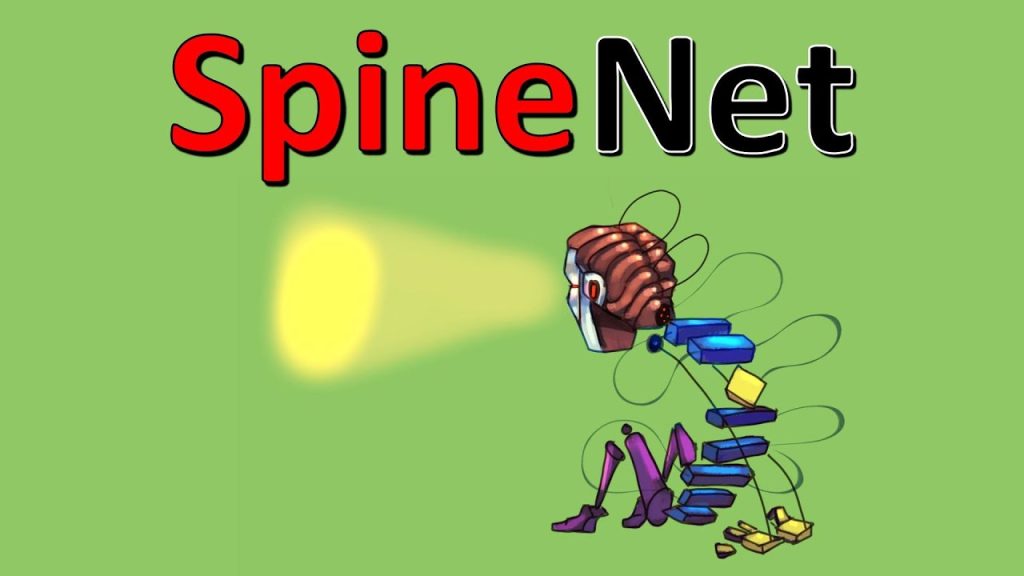#machinelearning #ai #google
The high-level architecture of CNNs has not really changed over the years. We tend to build high-resolution low-dimensional layers first, followed by ever more coarse, but deep layers. This paper challenges this decades-old heuristic and uses neural architecture search to find an alternative, called SpineNet that employs multiple rounds of re-scaling and long-range skip connections.
OUTLINE:
0:00 – Intro & Overview
1:00 – Problem Statement
2:30 – The Problem with Current Architectures
8:20 – Scale-Permuted Networks
11:40 – Neural Architecture Search
14:00 – Up- and Downsampling
19:10 – From ResNet to SpineNet
24:20 – Ablations
27:00 – My Idea: Attention Routing for CNNs
29:55 – More Experiments
34:45 – Conclusion & Comments
Papers:
Code:
Abstract:
Convolutional neural networks typically encode an input image into a series of intermediate features with decreasing resolutions. While this structure is suited to classification tasks, it does not perform well for tasks requiring simultaneous recognition and localization (e.g., object detection). The encoder-decoder architectures are proposed to resolve this by applying a decoder network onto a backbone model designed for classification tasks. In this paper, we argue encoder-decoder architecture is ineffective in generating strong multi-scale features because of the scale-decreased backbone. We propose SpineNet, a backbone with scale-permuted intermediate features and cross-scale connections that is learned on an object detection task by Neural Architecture Search. Using similar building blocks, SpineNet models outperform ResNet-FPN models by ~3% AP at various scales while using 10-20% fewer FLOPs. In particular, SpineNet-190 achieves 52.5% AP with a MaskR-CNN detector and achieves 52.1% AP with a RetinaNet detector on COCO for a single model without test-time augmentation, significantly outperforms prior art of detectors. SpineNet can transfer to classification tasks, achieving 5% top-1 accuracy improvement on a challenging iNaturalist fine-grained dataset. Code is at: this https URL.
Authors: Xianzhi Du, Tsung-Yi Lin, Pengchong Jin, Golnaz Ghiasi, Mingxing Tan, Yin Cui, Quoc V. Le, Xiaodan Song
Thumbnail art by Lucas Ferreira
Links:
YouTube:
Twitter:
Discord:
BitChute:
Minds:
source

